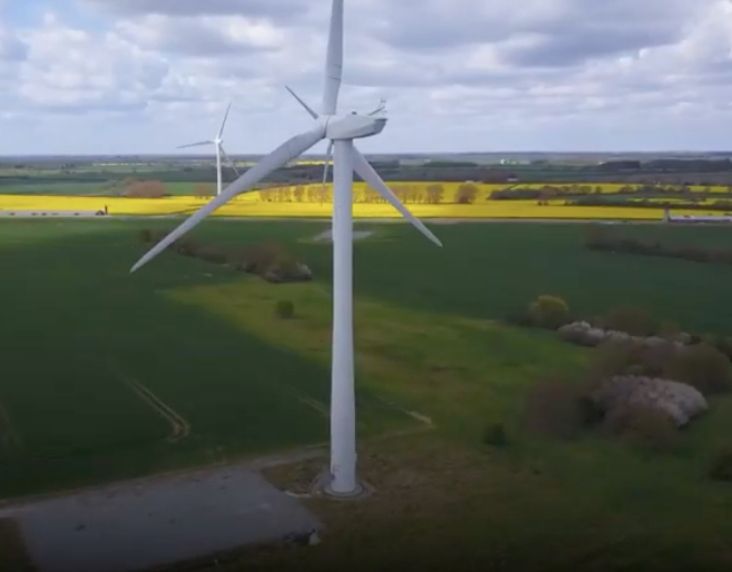The supply chain management (SCM) world is evolving and SCM control towers are the key for companies to improve efficiency, provide instant visibility and improve collaboration. Setting up a control tower requires combining process improvements, harnessing the power of data along with latest technology along with systems and people. In this article, we will explore the efficient ways to roll out SCM control tower along with insights to improve efficiency.
Defining the right objectives
The end goals in setting up a control tower must be clearly defined. Some of the goals can be improving order accuracy, reducing processing times or modifying demand forecasts. Defining objectives aligned to business goals is one of the key aspects of implementing a SCM Control tower. The goal of a control tower should be to enable supply chain managers to make faster and more informed business decisions.
- Easy data integration and advanced analysis: One of the key aspects of successful control tower discussions is to integrate data from various sources be it from suppliers, manufacturers along with distributors and processing this data efficiently. The use of AI and ML would enable derive actionable insights.
- Real-time visibility: Ensuring real time visibility is the key element of rolling out a successful SCM Control tower. This can be enabled with the help of IoT devices, RFID, GPS tracking. Real time data can help track shipments, inventory levels, traffic flow to enable SCM leaders to make decisions on the flow in addition to providing augmenting transparency.
- Fostering dialogue and facilitating communication: A communication platform that enables collaboration amongst stakeholders enables sharing updates, alerts facilitating transparent communication. This helps reduce risks, streamlines processes, and creates stringer relationships while improving the speed in the supply chain management.
- Comprehensive scenario management and risk management: Using simulation tools to model scenarios and assess their impact on the supply chain can help develop plans to avert potential problems.
- Performance metrics and key performance indicators (KPIs): Establishing series of key performance Indicators (KPIs) and periodically tracking them will help identify areas of improvement. Some indicative KPIs could be Inventory turnover, in-time deliveries, and order fulfilment rates.
- Continuous improvement: Since we are in ever evolving world periodically reviewing the control tower process, systems and technology would ensure that the control towers stay abreast with the industry and technology trends and are suitable and effective.
- Effective change management and comprehensive training: Training teams on the changes in business process and procedures will help in making the control tower initiative successful.
What’s in store ahead
SCM control tower is not a standalone function but an integrated capability within the supply chain which can transform the supply chain operation. These control towers can help make intelligent decisions, improve collaboration, and navigate the complexities of the supply chain world.
About the Author
VISHWAS BUNYAN
Group Manager, Digital Transformation Office (DTO)
VISHWAS BUNYAN is an SCM expert at the digital transformation office (DTO) at Tech Mahindra. Vishwas has 22 years of Professional experience in the IT Industry. He has done MBA from the Indian Institute of Management (IIM), Tiruchirappalli, and holds a Bachelor of Engineering degree.





